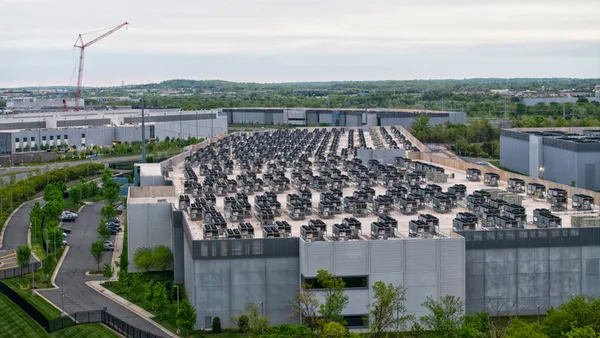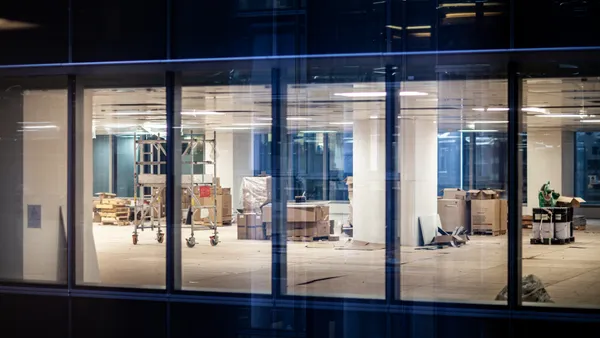Dive Brief:
- The U.S. real estate outlook for 2025 is marked by optimism across commercial sectors, according to market intelligence leaders at Avison Young and Colliers.
- Leasing velocity, tenant prospects and investor interest are expected to see upward momentum this year, while indicators like asking rents, taking rents, concession package, investment pricing, and capitalization rates are expected to remain flat, according to Avison Young’s 2025 outlook. Following better-than-expected performance last year, the U.S. economy is expected to show continued resilience this year, fueled by robust consumer spending and easing inflation, Colliers says in its 2025 outlook report.
- Key markets set to rebound ahead of others include New York City, San Francisco, Chicago, Atlanta, Washington, D.C., and Austin, according to Avison Young. However, policies related to trade, regulation, immigration and tax reforms are, “are most acutely expected to impact the commercial real estate industry,” Avision Young says, echoing Colliers’ expectations that planned immigration restrictions and broad tariff measures could drive up inflation and tighten the labor market in the coming years.
Dive Insight:
Increased disposable income among consumers, an unemployment rate of around 4% and a gradual decline in inflation toward the U.S. Federal Reserve’s target of 2% helped the U.S. exceed expectations, Colliers says. Economic strength — highlighted by stronger-than-anticipated GDP growth and a higher-than-expected savings rate led the Federal Reserve’s move to delay its first rate cut until September, “followed by a modest 25-basis-point cut in November,” the report says.
“The Fed’s cautious approach, marked by subtle shifts in its guidance, highlights a balanced response to electoral and fiscal uncertainties, suggesting that future rate cuts will be gradual, leaving interest rates above pre-pandemic levels,” Colliers says.
Elevated borrowing costs will pressure companies to balance debt servicing and operational spending, complicating strategic financial planning, per Colliers’ report. Limited capital reduces the impact of concession offerings for certain landlords, while uncertainty lingers over investment values due to pressure on occupancy rates, Avison Young notes.
However, occupiers are more empowered to implement growth plans, which is expected to drive leasing momentum, Avison Young says, noting that “fewer tenants are window-shopping, paving the way for more decisive leasing activity.” But, until leasing activity becomes more consistent, landlords may find it difficult to push for higher rents, with tenants set to still hold some negotiating power in 2025 as landlords work to fill occupancies, per Avison Young’s report.
Although the outlook for 2025 appears more optimistic than it did a year ago, office visits are down 34%, Colliers says, citing data from Placer.ai. While return-to-office mandates from companies like Amazon and Goldman Sachs have gradually boosted occupancy rates, and net absorption in the third quarter turned positive for the first time in two years, the office sector has not firmly stabilized yet, according to Colliers’ report.
Key office sectors, such as financial services, technology and law firms, are expected to drive office leasing and investment activity in 2025, Danny Mangru, senior manager of office market intelligence at Avison Young, stated in the firm’s 2025 outlook, noting that workforce expansion “directly impacts the demand for office space.”
“The return-to-office debate has largely stabilized, with most companies having solidified their RTO policies. As a result, the office market is starting to return to more predictable turnover patterns, driven by lease expirations rather than pandemic-driven disruptions,” Mangru said.
Continued recovery will remain highly market-specific and influenced by wages, population shifts and employment growth, according to Mangru. “Cities like San Francisco and Chicago may lag behind New York due to differing employment trends, investor confidence, and local dynamics,” Mangru noted.
Avison Young also noted in its 2025 outlook that it expects elevated construction activity in the industrial, data center and healthcare sectors, with a flat outlook in the office sector and lower expectations in life sciences in retail.













